It’s Children’s Day in India. Here are 6 gifts to make your kid smarter
There’s a new online toy store in India, Yellow Giraffe, that describes it best: “Play is a wonderful teacher.”
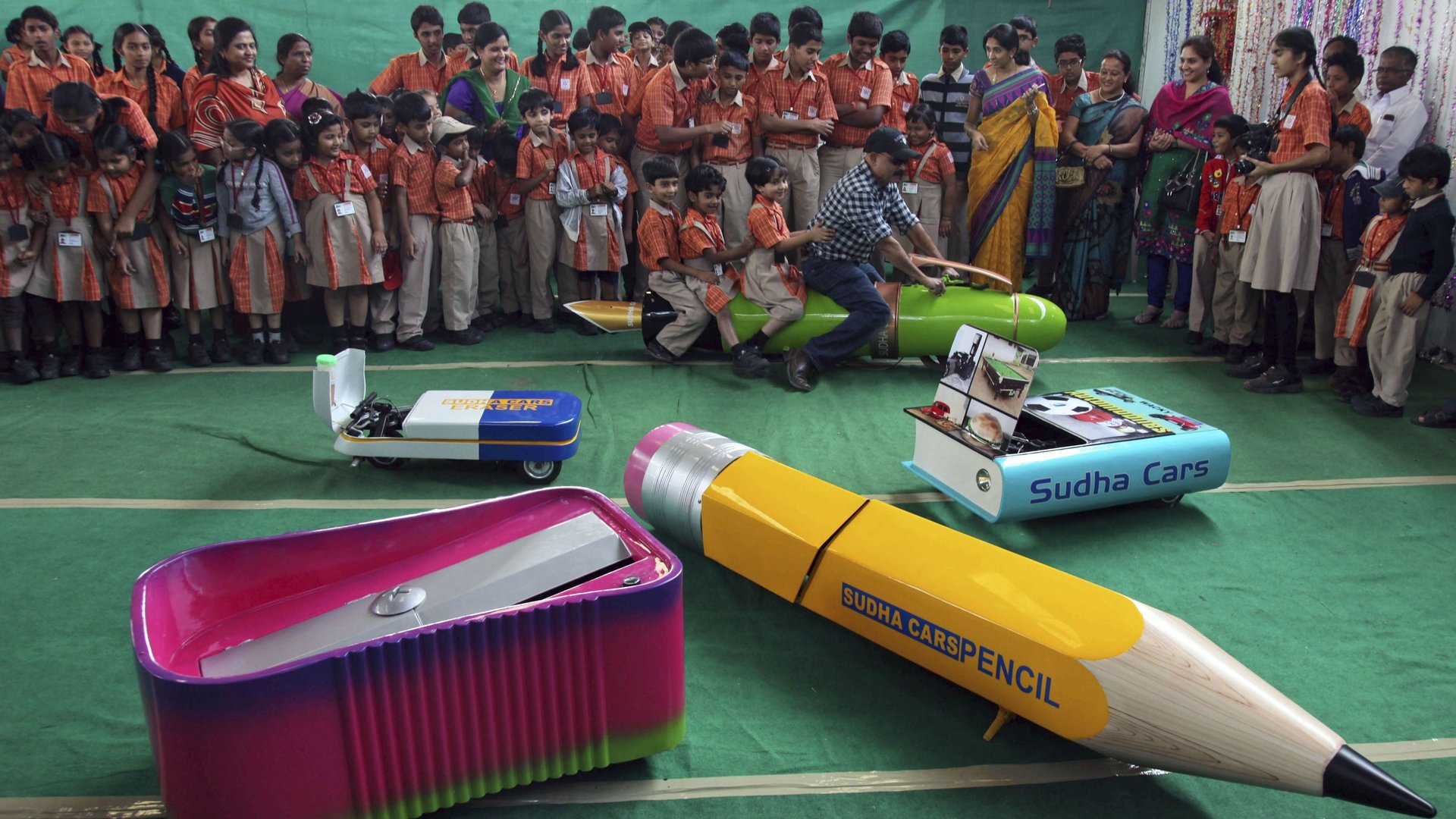

There’s a new online toy store in India, Yellow Giraffe, that describes it best: “Play is a wonderful teacher.”
Indeed, as a mother of two and a self-made expert in play, I believe toys make great gifts for children in myriad ways. Not only do they provide entertainment but they teach physical, cognitive, and social and emotional skills.
Nov. 14 marks Children’s Day in India—celebrated with programs and picnics, greeting cards and gifts exchanged around the country. Quartz surveyed skill-based toys that might make the holiday (and your children’s futures) a little more meaningful. We made sure the toys are available in India via major ecommerce sites such as Flipkart and Amazon. Note: Children need not know your true intentions in gifting them these toys; hopefully, they will be too busy having fun.
1. Rory’s Story Cubes: Expanding point of view; being a flexible thinker

Creative children who think outside of the box will love the challenges posed to them by Rory’s Story Cubes. This game has a different symbol on each face of the nine cubes that come in the box. The images are simple and serve to free players’ minds of any expectations of a “correct answer” as there is no such thing in this game. With each throw of the die, players are asked to create a story based on the images found on the landed cubes. The element of chance and the smooth tactile sensation of these well-made cubes help serve to disarm the anxieties of shier children who typically steer clear of such intimate games. Moreover, having fun becomes an instinctive goal here as this helps everyone to try to see things from another’s perspective to best tell and enjoy the story.
2. Lego Mindstorms EV3: Thinking like a designer; thinking computationally
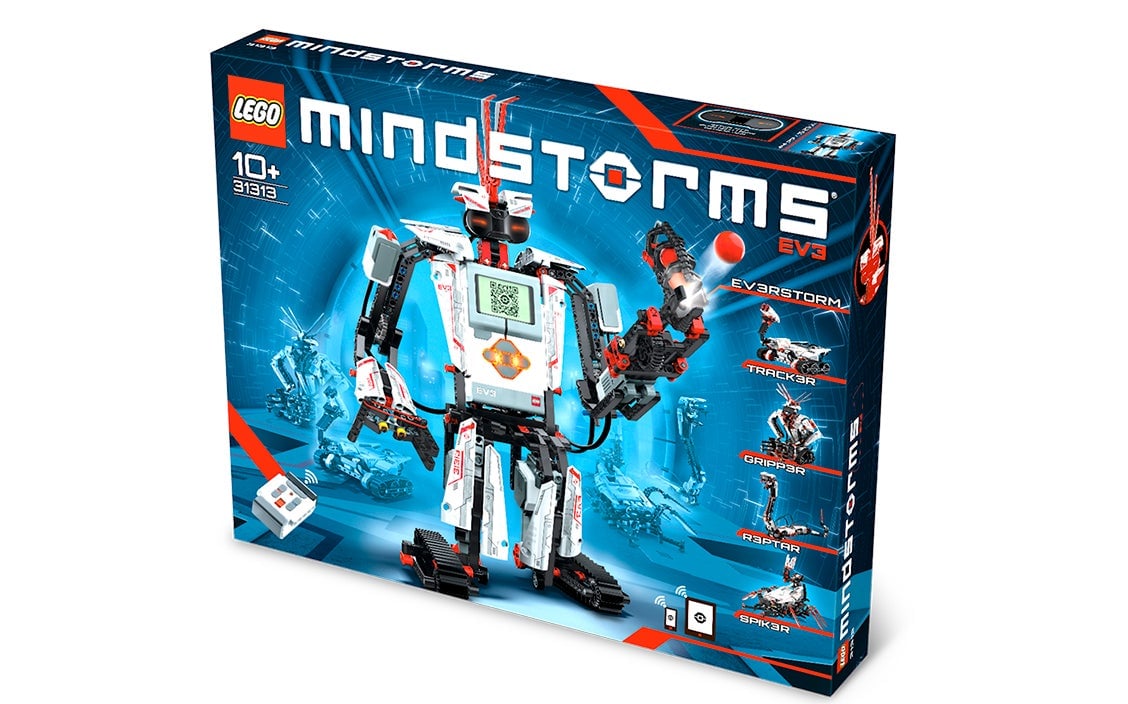
Imagine a school where the children were only graded by how much effort they invested. Wouldn’t such a school produce very strong learners prepared to take on their unforeseeable future? Of course this idea is so foreign to us because we are usually rewarded only upon giving the right answer—not for the exerting the effort we need when the answers don’t appear to us right away. This is what programming, which uses a person’s computational thinking skills, does for a child. When a person sets out to make anything, she needs to create a prototype which will be then tested, redesigned, and then tested again until it is satisfactory. LEGO Mindstorms EV3 gives children the chance to build and program their very own robot to perform a multitude of functions of their choice. Using LINUX, children can more easily figure out what may have gone wrong with their creations by taking apart their coded blocks. While working with a robot is very motivating, having to continuously tweak your project can be frustrating. However, with the help of LEGO EV3, children will practice managing their frustration and strengthen problem-solving skills which will hopefully be applied to challenges they face in the future.
3. WabaFun Kinetic Sand: Self awareness
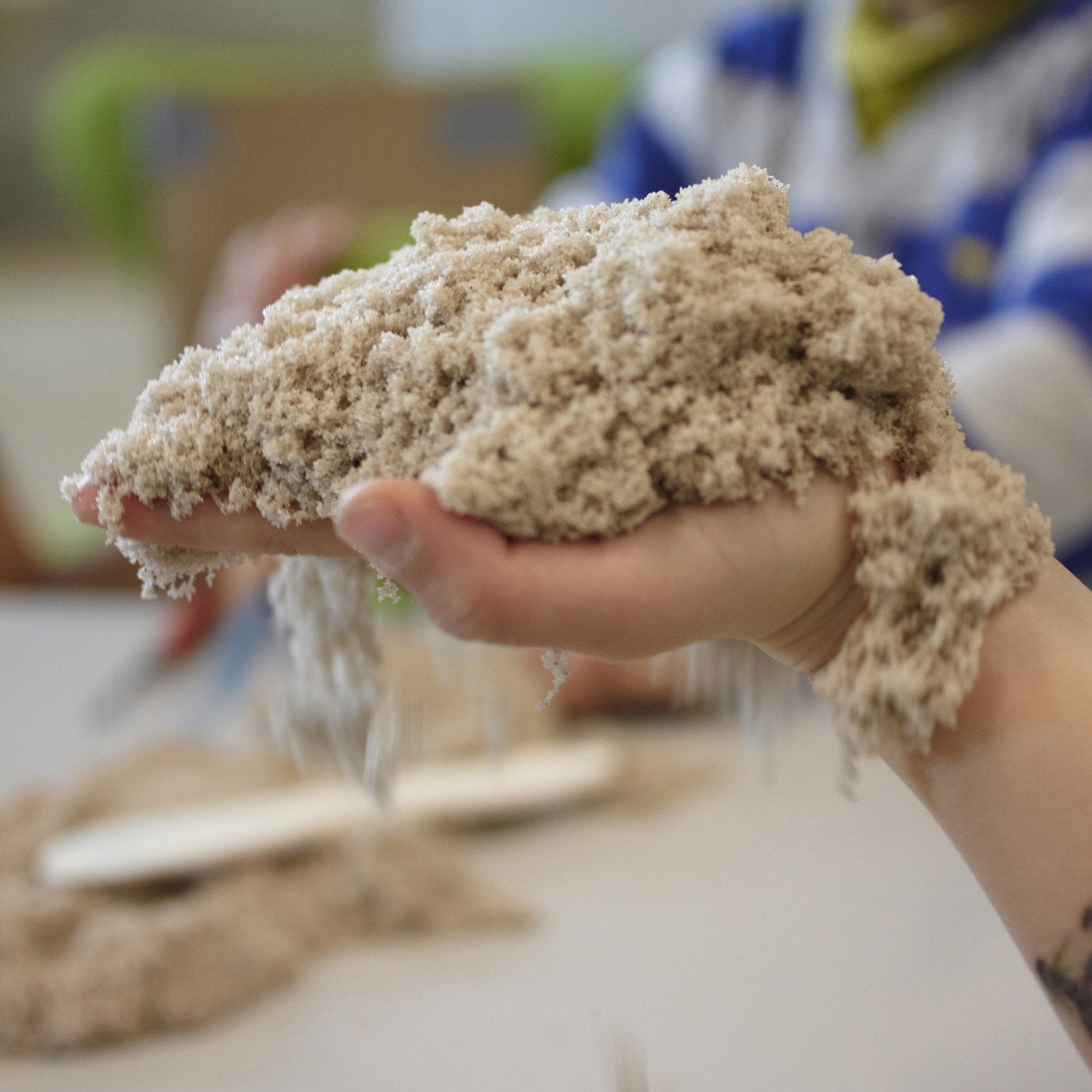
I think I have figured out why children love sand play so much. Simply put, a child can learn a great deal when he plays with it because humans are not made of sand. Thus, when we pick it up and it becomes the shape of our grip, we have a partial view of the impact we are making in the space around us. We are also feeling it through pressure and touch. This is one way humans have self-awareness as they define it through their feelings and the impact they make in the world. This discovery process can also help children learn how to cooperate with others and have a good sense of what they like and how they feel. Open-ended sand play gives them unfettered access to this type of exploration. Kinetic Sand is a great choice for this type of play because one of its greatest assets is that it feels and looks like sand but with the added benefit of leaving no residue, needing no water for making shapes, and clean up is a miraculously easy.
4. Q-bitz: Sharpening of visual skills
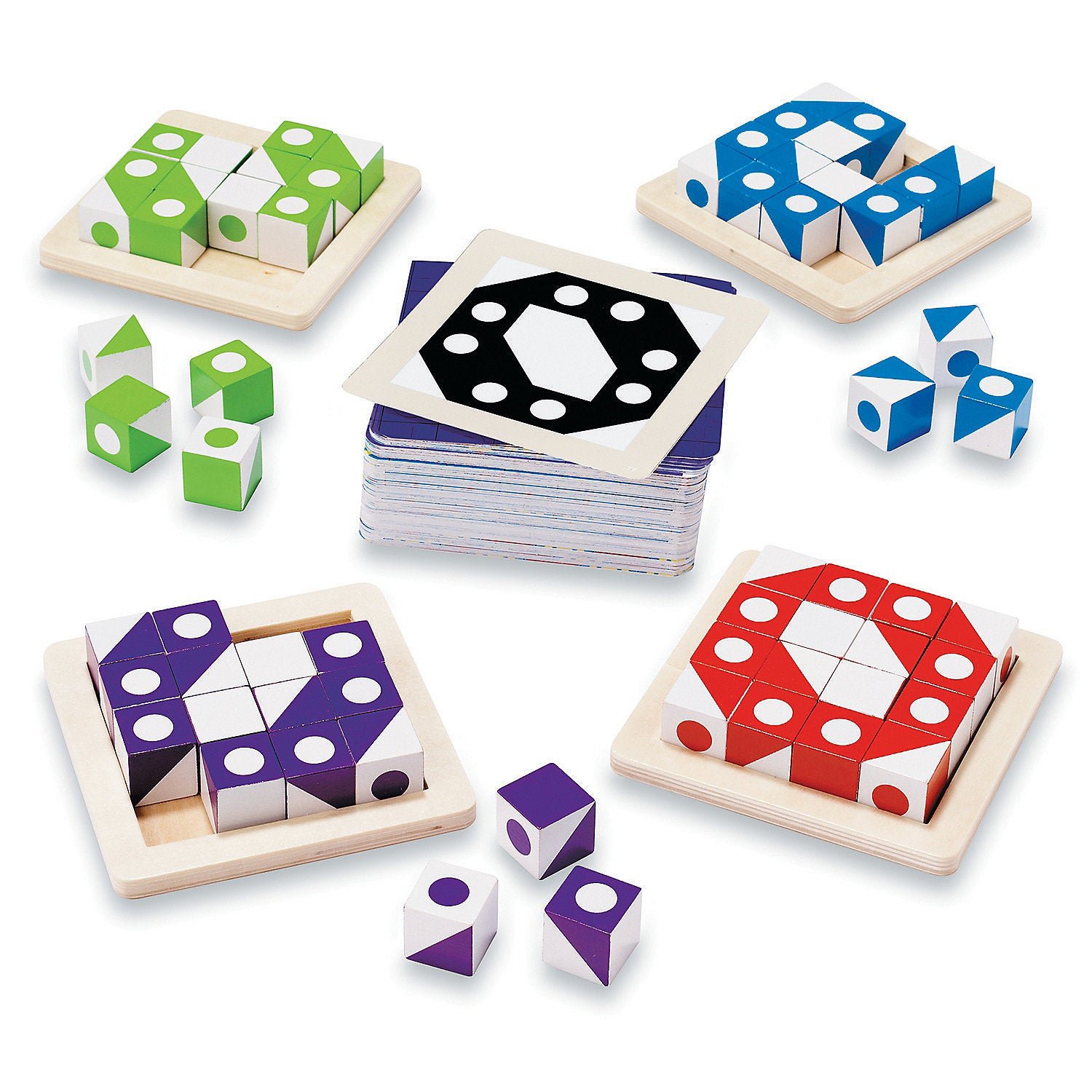
This game was developed by Mindware, an American company that originally that had its start by publishing puzzling workbooks that made learning a challenge but fun. Neuropsychologists who administer IQ assessments on children will see something familiar in Q-bitz as some of these tests look at how well children can copy designs with blocks. Q-bitz is a game that asks players to copy an image by using cubes that have different images on each side. Players are given an image on the card and then must turn them around and combine them quickly to recreate the image first to win. These skills are critical to a child’s development because they are basically working on visual spatial skills which include shape recognition, position in space, and visual memory. Recognizing shapes in different backgrounds even turned at different angles, can actually hone the other valuable skills needed for activities such as reading words, maps, and memorizing images and numbers.
5. Super Mastermind: Logical reasoning and decision making
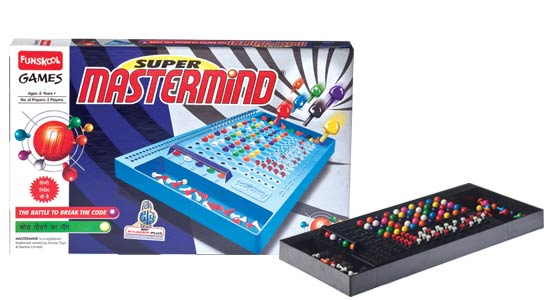
Your children may have played with a “science toy” but have they ever played with a “science game”? If there was such a thing then Mastermind would be the ideal representation. This international blockbuster that was invented more than 40 years ago by an Israeli postmaster is actually just a physical version of Bulls and Cows, a pencil and paper code-breaking game. Dr. Gayle Herman, a New York- based child psychologist experienced in neuropsychological assessments, suggested that I test this game because, the game play is all about trying to break a code but you must process clues to figure out the answer. Herman said, “It teaches players to create well-controlled, systematic, experimental designs because changing too many variables at once makes it too confusing to draw conclusions.” Herman added that it was all about teaching children how to make the most of out of “productive mistakes” as failure is only helpful when you learn from them.
6. Paper Quilling: Think like an artist
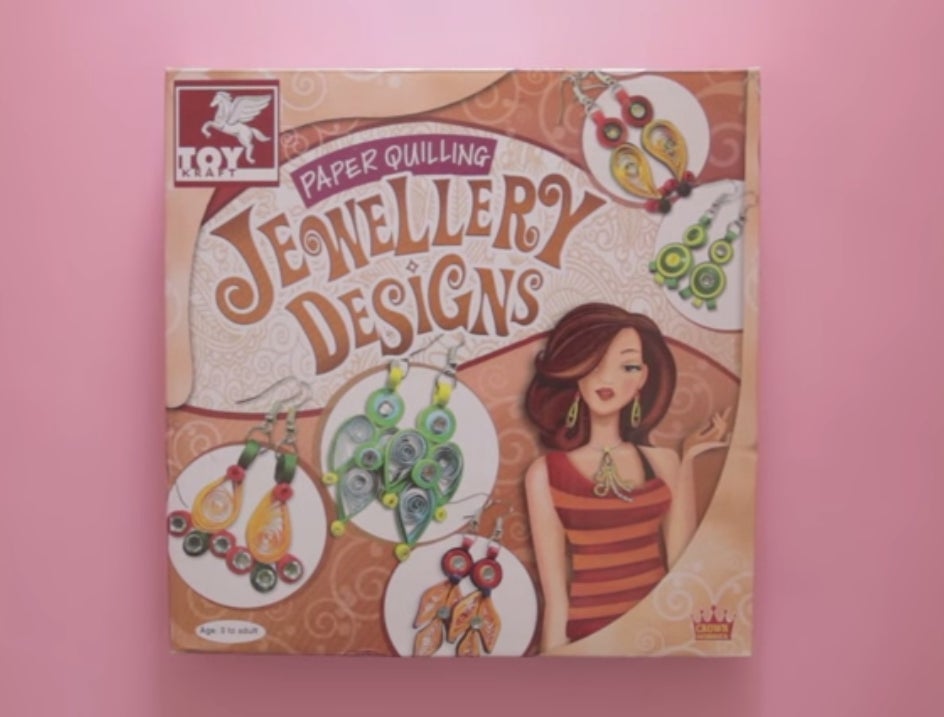
Paper quilling is the art of coiling thin strips of paper into creative designs. This game has been created by Pegasus Toy-Kraft , a six-year-old Indian toy manufacturer that specialises in art and craft. Children can use paper strips and adhesive to make colourful earrings, bracelets and pendants. While there is a manual to guide children on what they can make, the fun is in allowing them to come up with designs on their own. This product appeals to me because multiple people can work together doing their own project. It also encourages children to plan and execute their own designs while working on precise fine motor skills.